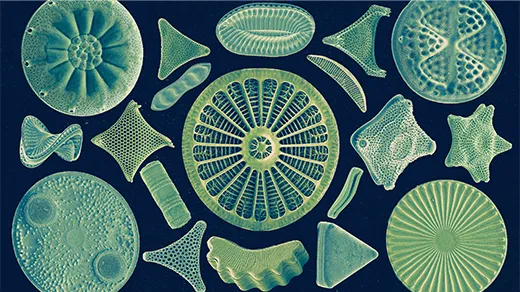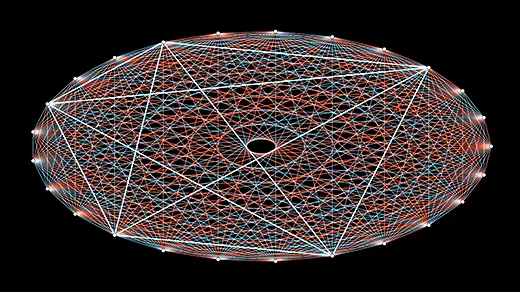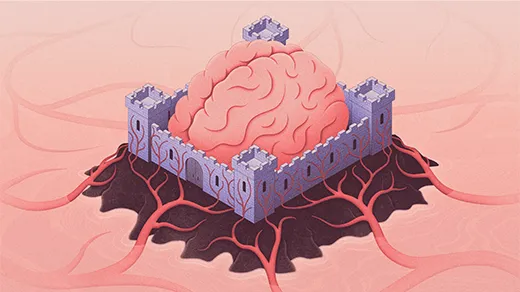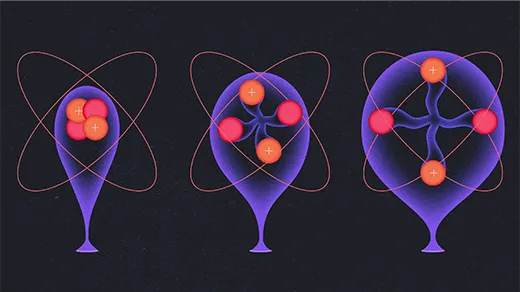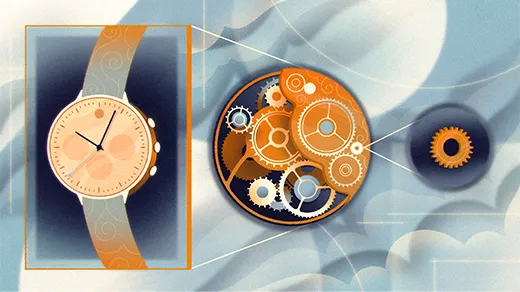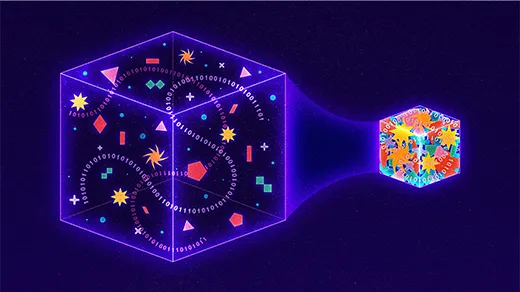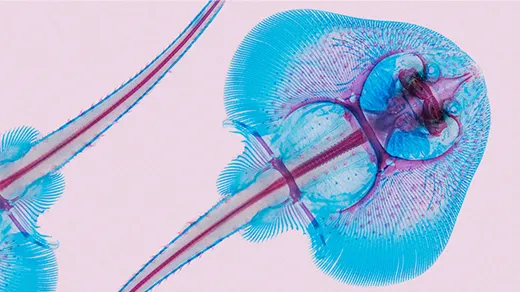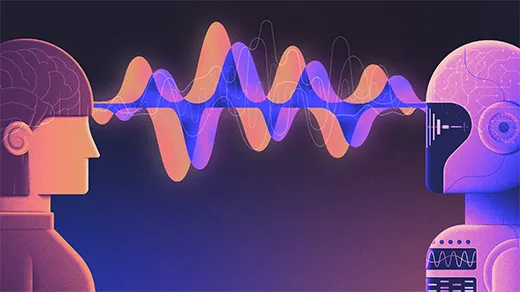What's up in
Abstractions blog
Latest Articles
Microbes Gained Photosynthesis Superpowers From a ‘Proton Pump’
New research reveals how marine microbes use an extra membrane that once had digestive functions to boost their yield from photosynthesis.
Mathematicians Discover Novel Way to Predict Structure in Graphs
Mathematicians probe the limits of randomness in new work estimating quantities called Ramsey numbers.
How the Brain Protects Itself From Blood-Borne Threats
To buffer the brain against menaces in the blood, a dynamic, multi-tiered system of protection is built into the brain’s blood vessels.
Neural Networks Need Data to Learn. Even If It’s Fake.
Real data can be hard to get, so researchers are turning to synthetic data to train their artificial intelligence systems.
A New Experiment Casts Doubt on the Leading Theory of the Nucleus
By measuring inflated helium nuclei, physicists have challenged our best understanding of the force that binds protons and neutrons.
First-Year Graduate Student Finds Paradoxical Set
No two pairs have the same sum; add three numbers together, and you can get any whole number.
Data Compression Drives the Internet. Here’s How It Works.
One student’s desire to get out of a final exam led to the ubiquitous algorithm that shrinks data without sacrificing information.
How 3D Changes in the Genome Turned Sharks Into Skates
Changes in the 3D structure of their genome gave skates and rays their distinctive winglike fins and pancake flatness.
Some Neural Networks Learn Language Like Humans
Researchers uncover striking parallels in the ways that humans and machine learning models acquire language skills.
